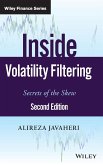
Gebundenes Buch
Secrets of the Skew
2. Aufl.
September 2015
Wiley & Sons
| eBook, ePUB | 84,99 € | |
| eBook, PDF | 84,99 € |

Ähnliche Artikel
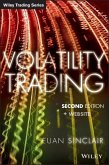
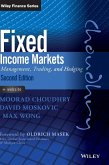
Gebundenes Buch
Management, Trading and Hedging
2. Aufl.
9. September 2014
Wiley & Sons
1W118171720
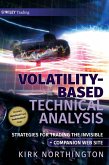
Gebundenes Buch
Strategies for Trading the Invisible
1. August 2009
John Wiley & Sons / Wiley

17,99 €
Versandfertig in über 4 Wochen
Broschiertes Buch
Top Hedge Fund Traders on Profiting in the Global Markets
2. Aufl.
16. Dezember 2013
Wiley & Sons


Broschiertes Buch
2. Aufl.
13. Oktober 2014
Wiley & Sons
1W118467450
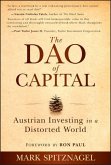
Gebundenes Buch
Austrian Investing in a Distorted World
1. Auflage
3. September 2013
Wiley & Sons
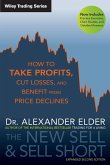
Broschiertes Buch
How to Take Profits, Cut Losses, and Benefit from Price Declines
2. Aufl.
29. März 2011
Wiley & Sons
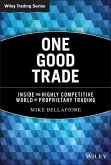
Gebundenes Buch
Inside the Highly Competitive World of Proprietary Trading
1. Auflage
2. August 2010
Wiley & Sons
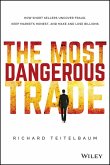
Gebundenes Buch
How Short Sellers Uncover Fraud, Keep Markets Honest, and Make and Lose Billions
1. Auflage
31. August 2015
Wiley & Sons
Ähnlichkeitssuche: Fact®Finder von OMIKRON
